On May 26, US Africa Command (Africom) claimed that Russia had deployed MiG-29 and Su-35 fighter jets as well as Su-24 bombers to Libya.
It is reported that the Russian planes were allegedly first sent to Syria, where they were repainted to remove the signs of affiliation, and then brought to Libya to support the Libyan National Army (LNA) of the renegade commander Khalifa Haftar.
The LNA is currently being defeated by forces loyal to the internationally recognized Government of National Accord (GNA). A few days earlier, LNA announced the possibility of launching a new air campaign against GNA forces.
MORE: Over multiple days in May, Russian MiG 29s and SU-24 fighters departed Russia. At that time, all the aircraft have Russian Federation Air Force markings. After they land at Khmeimin Air Base in Syria, the MiG 29s are repainted and emerge with no national markings. (1/2) pic.twitter.com/ghgpKe9rDo
— U.S. Africa Command (AFRICOM) (@USAfricaCommand) May 27, 2020
“For too long, Russia has denied the full extent of its involvement in the ongoing Libyan conflict. Well, there is no denying it now. We watched as Russia flew fourth generation jet fighters to Libya – every step of the way,” said US Army General Stephen Townsend, the Commander of the United States Africa Command.
If the Americans’ statement is true, Turkey, which provides assistance to GNA, may face Russian aviation in Libya. Possible losses on both sides could lead to a radical cooling of relations between the two countries. Russia itself denies the transfer of its military equipment to Libya. Therefore, it is necessary to carefully check whether American reports are true.
They are flown by Russian military members & escorted by Russian fighters based in Syria to Libya, landing in Eastern Libya near Tobruk for fuel. At least 14 newly unmarked Russian aircraft are then delivered to Al Jufra Air Base in Libya. (2/2) pic.twitter.com/bB9g66pVUc
— U.S. Africa Command (AFRICOM) (@USAfricaCommand) May 27, 2020
Strange photos
Simultaneously with the press release, the US published a series of photos that allegedly prove their claims. However, with a closer look and a more objective review, things are not so obvious.
NEWS: Russia deploys military fighter aircraft to Libya
—–
"For too long, Russia has denied the full extent of its involvement in the ongoing Libyan conflict. Well, there is no denying it now." – Gen. Townsend
Release: https://t.co/HpLdwUJxcr
Photos: https://t.co/raTal1LKPa pic.twitter.com/dVtsWKPYZ5— U.S. Africa Command (AFRICOM) (@USAfricaCommand) May 26, 2020
The US claims that Russia specifically sent Su-24 and MiG-29 aircraft to Libya. These models were produced during the Cold War and can theoretically be supplied by a number of other countries (more about this later). At the same time, two photos show more modern Su-35 planes, which have been produced by Russia since 2008. However, these photos were taken at the unrecognized airbase, and the US didn’t say it was in Libya.
The closest candidate for this role is Khmeimim airbase in Syria. The photo shows the MiG-29 and Su-35 leaving the Russian air base, but it is not clear where they are going.
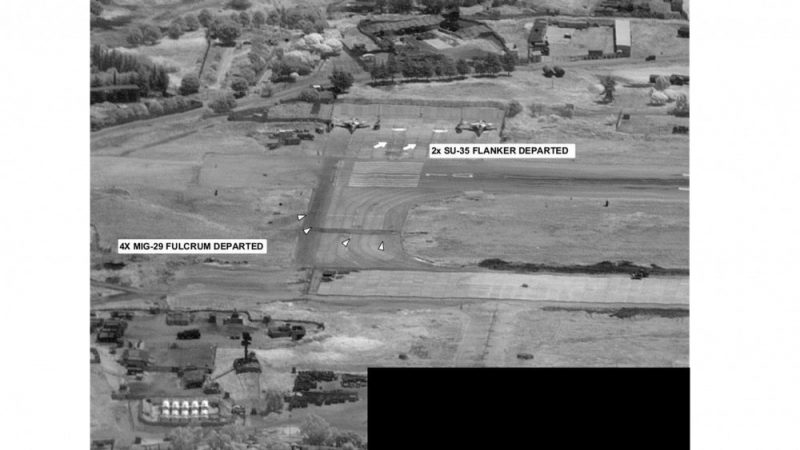
There are no photos of Su-35 and even Su-24 aircraft already in Libya. The photos from the Al Jufra air base show only one MiG-29.
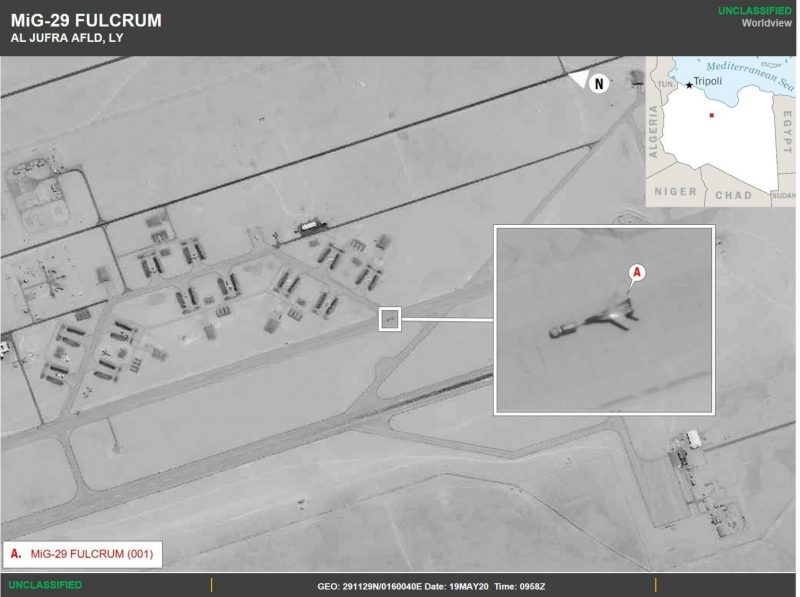
Thus, it is not possible to draw a conclusion from American photos about the delivery of the Su-35 or Su-24 to Libya. Photographs of the aircraft, including those with red star type marks, do not tell us anything – they have no direct connection to Syria or Libya, they could have been taken at any time and in any place.
On August 31, 2016 Su-24 bombers of the original version were completed in Russia. The bombers were taken off the armament.
Visually, the Su-24 can be distinguished from the Su-24M or other modifications only with a high quality photo. The officially upgraded Su-24 is in service not only in Russia, but also in the following countries: Ukraine, Azerbaijan, Algeria-Iran, Syria (21 Su-24M/M2), Sudan (6 Su-24M).
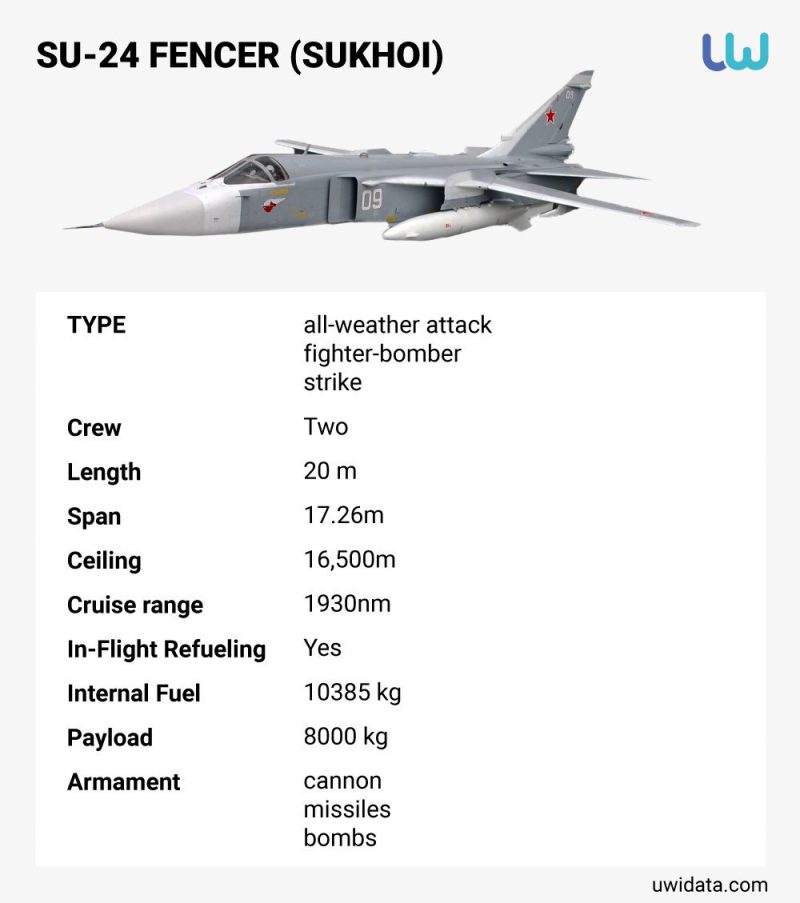
Such aircraft were also previously in service with Libya itself (at least 6 Su-24MK were formally “destroyed”), Belarus (there were at least 23 Su-24M and 12 Su-24MRs), Angola, Iraq, Uzbekistan and Kazakhstan.
The only aircraft whose presence in Libya would definitely indicate the Russian presence is the Su-35. China also has it in its arsenal, but Beijing has not shown much interest in the conflict in Libya.
Once again, the only thing we have so far is a photo of one MiG-29 (Fulcrum) in Libya, and this is the only actual proof presented. At the same time, we do not have objective data that would allow us to say that we see the same aircraft we saw at the Russian airbase in Syria.
It is also interesting that there is only one plane in the photo, as there is no real proof of the existence of many of these planes on the Libyan base. The American portal the Drive (War Zone), which conducted its own investigation, confesses:
“The War Zone also reviewed recent satellite imagery of every air base in Libya capable of hosting the MiG-29s away from two that were unlikely in the first place. We also ordered an up-to-date image of Al Jufrah Air Base where the MiG-29 was spotted just days earlier. We saw no sign of any MiG-29s at the base or any other, nor any unusual logistical operations, but that doesn’t mean the jets weren’t there”.
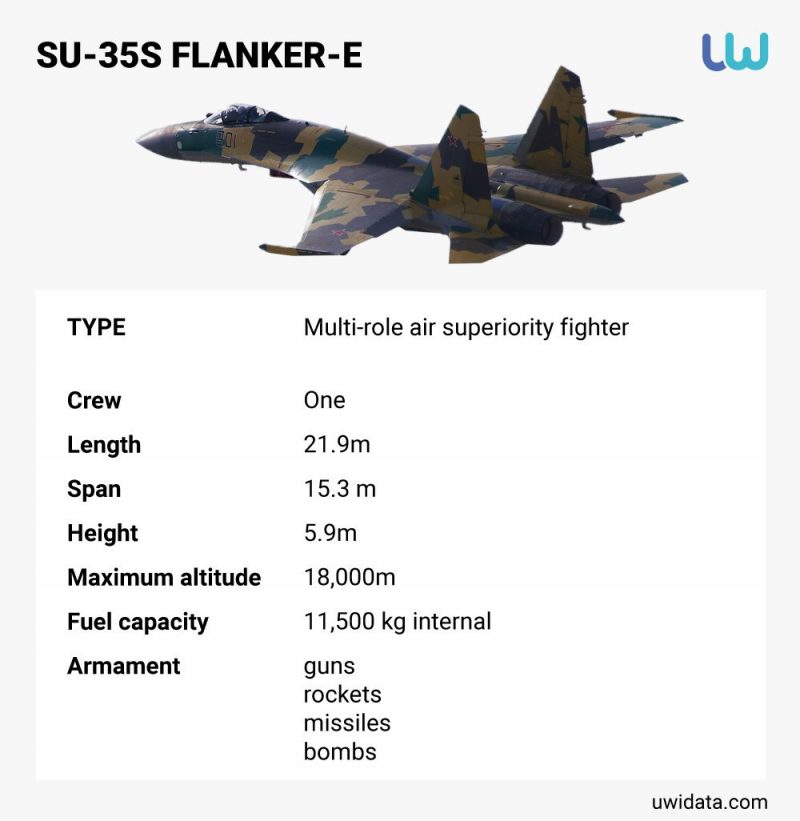
The MiG-29s – where did they come from?
How could the MiG-29s have gotten to Libya (if they are still there)? It is, of course, possible that they were actually sent by Russia, the country where the plane was produced.
On the one hand, the MiG-29 does not have a good reputation in the Russian army. Moscow is actively withdrawing these aircraft of all modifications from its armed forces, says Thomas Newdick, Editor of Air Forces Monthly magazine in the commentary for The War Zone.
On the other hand, that is why Russia has a great opportunity to supply these aircraft to Haftar’s army. The Russians don’t need them, but can get money for them. These planes can be easily piloted by mercenary pilots from many countries, from Egypt to Belarus and Serbia.
However, it wasn’t only Russia that could have supplied these planes to Haftar. MiG-29s of various modifications are in service with Azerbaijan, Belarus, Kazakhstan, Mongolia, Turkmenistan, Uzbekistan, Ukraine, North Korea, Syria, Yemen, Iran, Cuba, Peru, Algeria, Sudan, Egypt, the Republic of Chad, Eritrea, Bangladesh, Malaysia, Sri Lanka, Myanmar, Bulgaria, Poland and a number of other countries.

These aircrafts were previously in service with Hungary (having been sold at some auctions) Germany, Romania, Czech Republic, Moldova (formally sold, including 21 to the US) and Iraq (dozens of aircraft, many shot down or disappeared during the war in 1991, some remain unaccounted for).
Thus, the MiG-29 aircraft (even if there are actually several of them in Libya) could have got to the Haftar controlled air base both from Russia and from its other allies, such as Egypt, or they could have been bought in Eastern Europe or Africa, such as the United Arab Emirates. Thus, as part of the commercial contract of 2016, Moscow delivered to Cairo 46 MiG-29M/M2 aircraft. Egypt paid about $2.5 billion for the fighters.
Another country opposing Turkey in the region also has MiG-29 aircraft: Israel. In 1997, Israel bought 3 Fluctrums from an undisclosed Eastern European country.
An American trail?
Back in 2019, the American company Air USA in Quincy, Illinois sold MiG-29UB for only $4.65 million.
If we consider all versions of MiG-29 in Libya, we can theoretically assume the most exotic answers. The planes might as well have been bought in Libya as from the US.
In 1997, the US bought 21 MiG-29s in Moldavia. The new American MiG-29s would largely disappear into a maze of testing squadrons, intelligence centers and US Air Force “exploitation facilities,” Air & Space Magazine informed.
In theory, the US had the means: they had the planes and the opportunity to deploy them in Libya. Do not forget that General Khalifa Haftar has cooperated with the CIA, and earlier we reported on the deployment of Americans on one of its bases .
https://unitedworldint.com/10326-are-haftars-troops-trained-by-the-us/
It is worth admitting that this version falls firmly into the realm of conspiracy, although the US’ motives were definitely to undermine Russia’s presence in Libya, which the Americans see as a threat to their national interests.
At the same time, the idea of an American or at least non-Russian trail would explain the fact that the planes arrived at the same time as the news about the withdrawal of Russian Wagner Group mercenaries from Tripoli. Before that, the media reported on problems between Russians and Haftar, who owes them $140 million.
Does it seem strange that the Russians would be supplying Haftar with planes if he hasn’t paid off past debts? Perhaps it makes more sense that someone else is supplying them?
And why does the US claim that Russia “recently deployed military fighter aircraft to Libya in order to support Russian state-sponsored private military (PMCs) operating on the ground there,” if Russian mercenaries across the street are leaving the front and Turkish media reports say they are being taken out of Libya?
Against Turkey
Photos from Al Jufrah air base, which the US presented as evidence of the presence of Russian military aircraft in Libya, are dated May 19. On May 23, there was a telephone conversation between U.S. President Donald Trump and Turkish President Recep Tayyip Erdogan.
However, official Ankara has not made any statements about Russian planes in Libya based on the American data. Perhaps the Americans did not tell the Turkish side, which characterizes them as bad allies. Either that, or the Turkish authorities did not find the American evidence convincing. Perhaps there is some diplomatic game going on regarding the airplanes between Ankara and Moscow and Washington intervention is spoiling it?
On May 26, Pentagon spokesman Jonathan Hoffman said that Russia and Turkey should stop their actions in Libya:
“We have asked for all parties that are operating, that’s the Russians and the Turks and others, to cease their behavior there”.
Thus, the US has made its position clear; it is against both Russian and Turkish military presence in Libya.
Interestingly, the first photos proving the transfer of allegedly Russian planes to Libya were distributed by May 21, 2020, says Brian Castner, a weapons investigator on Amnesty International’s Crisis Team.
MiG-29 on the ground at al-Jufrah, 19 May 20. Grid: 29.1916, 16.0112 https://t.co/62By0rSZMC pic.twitter.com/k1Fw7HePOA
— Brian Castner (@Brian_Castner) May 21, 2020
In the government of national accord of Libya, in turn, statements about the supply of Russian aircraft were made by none other than Fathi Bashaga – Minister of Interior – in an interview with Bloomberg.
Previously, we wrote about the pro-American inclinations of Bashaga, who recently suggested that the United States organize a military base in Libya to counter Russia.
https://unitedworldint.com/9218-bashaghas-turn-to-the-west-and-turkish-interests-in-libya/
On May 19, the Italian newspaper La Stampa quoted its sources as saying that “Libya is close to cashing in a military deal with a new strategic partner”. This agreement should be reminiscent of that which was previously signed with Turkey. This was followed by information about alleged Russian planes in Libya.
At the same time, it is worth paying attention to Africom’s arguments:
“If Russia seizes basing on Libya’s coast, the next logical step is they deploy permanent long-range anti-access area denial (A2AD) capabilities,” said US Air Force Gen. Jeff Harrigian, commander, US Air Forces in Europe-Air Forces Africa.
If we put all the elements of the puzzle together, we can see the US’ desire to return to Libya at all costs. But the American people and NATO allies need an excuse.
Any “proof” of the presence of Russian aircraft in Libya and even the alleged “construction of a military base” is such an excuse. At the same time, the US’ return would dramatically reduce Turkey’s influence on the Government of National Accord. Ankara would have to forget about the implementation of the Mavi Vatan idea. At the same time, the US may act officially on the territory of the GNA and informally on Haftar bases.
The need for compromise
Of course, there is no evidence that Russia is not involved in the delivery of aircraft to the Haftar regime. This version is as realistic as the others. Moreover, even if one of these planes is shot down, it will be impossible to prove 100% who delivered it and that the pilot was acting on the orders of the Russians, Egyptians, or the LNA. This is a feature of modern proxy warriors. The pilot could be a Serb, a Belarusian or a Ukrainian (pilots from these countries are often hired to fight in Africa).
However, the US, even if they did really expose the Russians, did so not in the interests of Turkey. Their goal is to oust both Turkey and Russia from the region.
Therefore, both Moscow and Ankara must work together in Libya. Moscow is naturally hardly interested in the emergence of the US in the region. Turkey is a more convenient partner, as the situation in Syria shows. Both countries have demonstrated their willingness to negotiate with each other. However, the Americans cannot agree not only with the Russians, nor, ironically, with their NATO allies, the Turks.
At the same time, Turkey is objectively interested in establishing relations with Egypt – another ally of Haftar, which could supply him with military planes.
https://unitedworldint.com/10701-proposals-for-normalization-in-turkish-egypt-relations/
The transfer of military aircraft of the LNA is unlikely to strengthen it to the degree that it can take Tripoli, but it will worsen Ankara’s relations with potential partners who still support Haftar. And the possible death of Turkish soldiers and officers may make sworn enemies from possible partners, especially if there are not only MiG-29 that are specialized for counter-drone fights.
It would be in the interests of Russia and Egypt to distance themselves from these supplies, if they did occur, and to try to offer Turkey a peaceful solution to the Libyan problem that would leave individuals, forces and countries unacceptable to Ankara behind brackets. This way, both Moscow and Cairo could preserve their interests in the region.







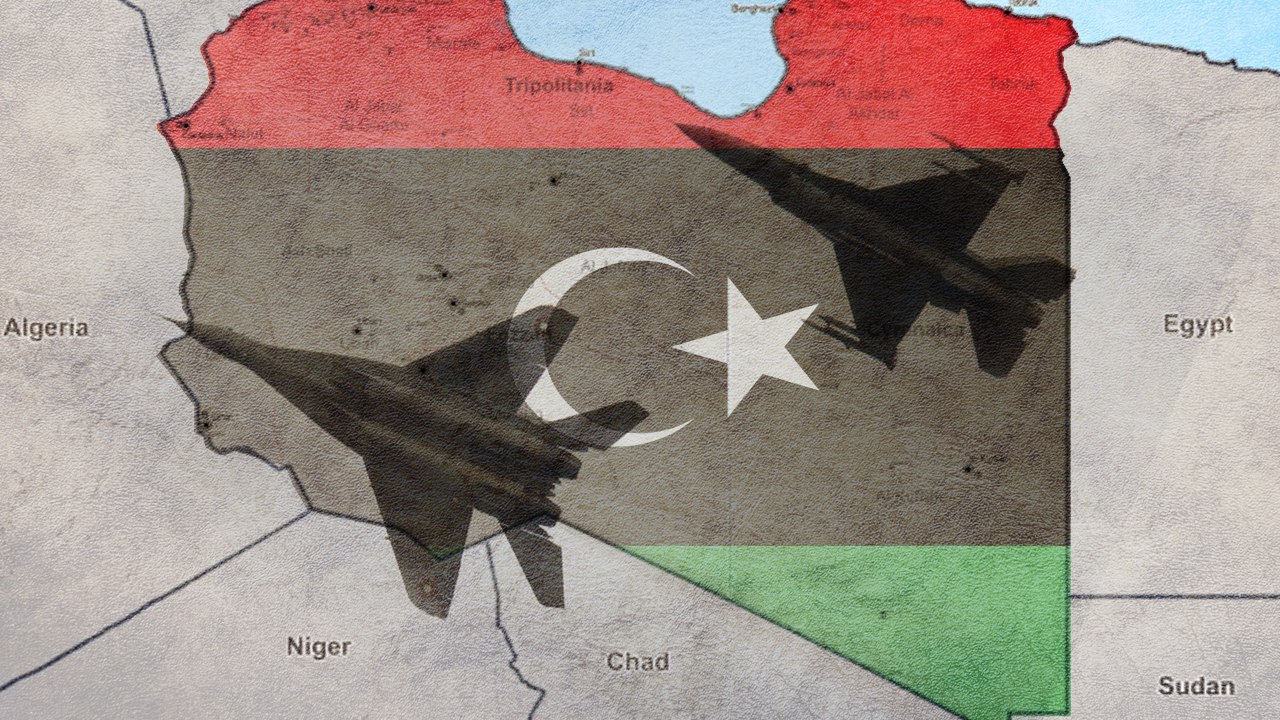









Leave a Reply